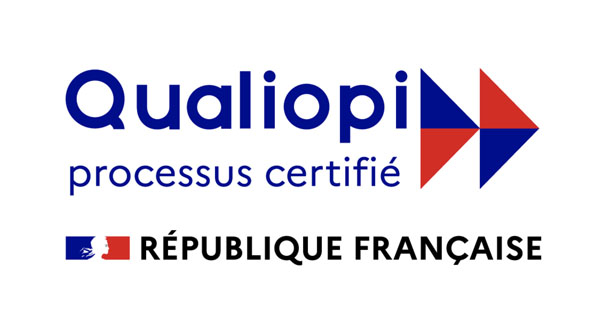Food for Thought
When feedback gives meaning
Throughout the last few years, while working with learners, I’ve noticed that giving feedback doesn’t come naturally to everyone – and when it does, it isn’t always expressed in a constructive way. Giving feedback requires care – especially in using the right tone and having a clear intention to help someone evolve rather than simply correct them. When the message is consistent and easy to hear, it almost feels magical: it’s acknowledged and respected. Communication flows, trust is built, and learning begins to take shape.
So…why is it so difficult?
Because it touches on our humanity.
Giving feedback is daring to create a moment of discomfort; receiving feedback is accepting a bit of vulnerability. Too often, the message isn’t really heard:
too straight forward, too poorly phrased, or too vague to be useful. The article « The essential Role of Feedback in Effective Communication » by FasterCapital reminds us that effective communication relies on feedback loops – in other words, a conversation where the information flows and adjusts itself rather than a one-way transmission. Feedback isn‘t an arrow that you throw; it’s a living loop between two people. For the loop to work, there’s a key ingredient: meaning.
The Harvard Business Review article « Why Feedback Can Make Work More Meaningful » highlights that feedback is not only about improving performance – it makes work more meaningful. In other words, well-formulated feedback doesn’t just say « here’s what you should change. » – it also implies « here’s why what you do brings value ».
That recognition turns feedback into motivation and learning.
By the way, where does the word « feedback » come from?
It originally appeared in the fields of engineering and cybernetics in the 1940s. It was used to describe a feedback mechanism: the output signal of a system that returns to its input to correct or stabilize it. That’s the principle of a ship’s rudder which adjusts its course through feedback to stay on track. Over time, the concept migrated into communication, education, and management.
Today, feedback keeps that technical essence – observe, correct, improve – but it also has a human dimension: listen, understand, grow. It’s this chemistry of rigor and benevolence that makes feedback such a powerful – and delicate – tool to handle.
Feedback is more than just a technique.
It’s an act of connection – between two people, between action and meaning, between progress and recognition.
When carefully formulated, it becomes a driver of learning, communication, and transformation.
Sources :



